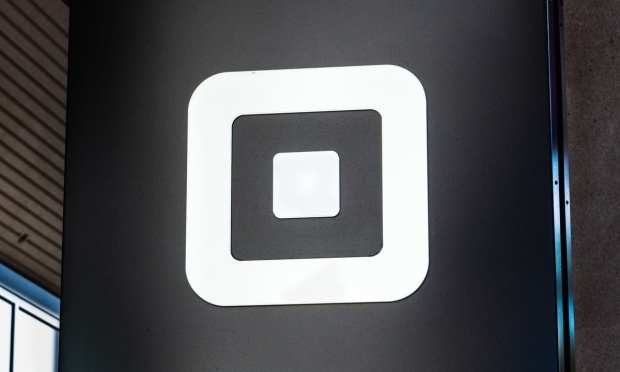Businesses Can Now Accept ACH Payments Via Square Invoices

Companies now have the ability to use Square Invoices to take automated clearing house (ACH) payments, according to a Wednesday (April 28) announcement from Square.
Square Invoices comes at no cost to Square merchants, according to the announcement, which noted that ACH transactions have a 1 percent processing fee with “no hidden fees for failed ACH transactions.”
The FinTech said that ACH payment acceptance is an additional way that it is satisfying the needs of enterprises, particularly companies that sell big-ticket items — Square discovered during a pilot that the average ACH transaction on Square Invoices was $3,500.
Ashley Grech, global head of sales at Square, said in the announcement that big companies require connected tools that let them run their businesses more intelligently and efficiently while also having the ability to reduce costs.
“ACH payments on Square Invoices allows us to compete for and better serve complex businesses like wholesalers, home and repair, and service providers that need lower transaction costs, while giving businesses another option in how they accept payments that ultimately brings huge benefits to them and their customers,” Grech said.
According to Square, ACH payments on Square Invoices provide an integrated offering to simplify transactions and eliminates the need to use a different ACH provider. Moreover, Square said that retailers can now use “Bank on File” with ACH payments, letting them bill a client without intervention by storing their bank data and billing them on an ongoing basis.
The news comes as Square has introduced new inventory management functionalities for its merchant sellers. The company said the new features are meant to “provide sellers with greater control over their inventory management, and improve efficiency with better ways to create, count and reorder inventory.” The functionalities include quick inventory counting, which allows merchants to maintain accurate stock counts by the way of a bar code scan, in addition to alerts when an item is about to run out.
